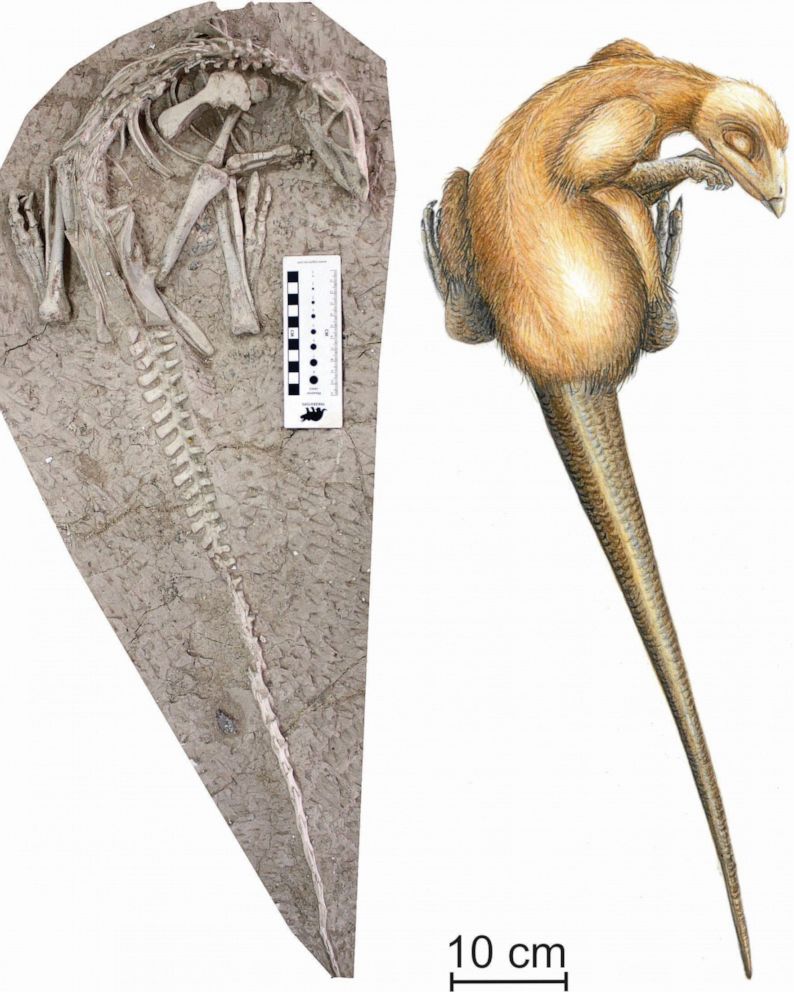New species of burrowing dinosaur found perfectly preserved in 'Cretaceous Pompeii'
The fossils date back an estimated 125 million years ago.
Paleontologists in China have discovered a brand new species of burrowing dinosaur that dates back an estimated 125 million years ago.
The newly found dinosaur species was discovered in the Lujiatun Beds, located in northeast China in the Liaoning Province, in the oldest layers of the famous Yixian Formation which has produced several hundred preserved dinosaur skeletons over the past 20 years.
The fossils of the Changmiania liaoningensis were found perfectly intact and uninterrupted, suggesting to scientists that the animals were trapped by a volcanic eruption while they rested at the bottom of their burrows.
“The Lujiatun Beds would have been a kind of Cretaceous 'Pompeii',” said the Royal Belgian Institute of Natural Sciences in an article announcing the discovery.
The newly described species is thought to be the most primitive ornithopod dinosaur to date.

“It was a small, herbivorous, bipedal dinosaur, about 1.2 metres long,” according to Verbeke. “It is the most basal representative of ornithopods found to date. Ornithopods are a group of herbivorous, dinosaurs that flourished particularly in the Cretaceous period and which includes the Bernissart Iguanodons, as well as the hadrosaurs, or duck-billed dinosaurs. With its very powerful hind legs and long, stiff tail, Changmiania was a particularly fast runner.”
The fossils did not retain any traces of feathers but the skeletons were incredibly preserved in three dimensions.
"These animals were quickly covered by fine sediment while they were still alive or just after their death," says palaeontologist Pascal Godefroit of the Royal Belgian Institute of Natural Sciences. “However, certain characteristics of the skeleton suggest that Changmiania could dig burrows, much like rabbits do today. Its neck and forearms are very short but robust, its shoulder blades are characteristic of burrowing vertebrates and the top of its snout is shaped like a shovel. So we believe that both Changmiania specimens were trapped by the volcanic eruption when they were resting at the bottom of their burrows 125 million years ago.”
The new species of dinosaur’s name, Changmiania liaoningensis, comes from the Chinese word “Changmian” which means “eternal sleep.”
The full study was published in the scientific journal PeerJ.






